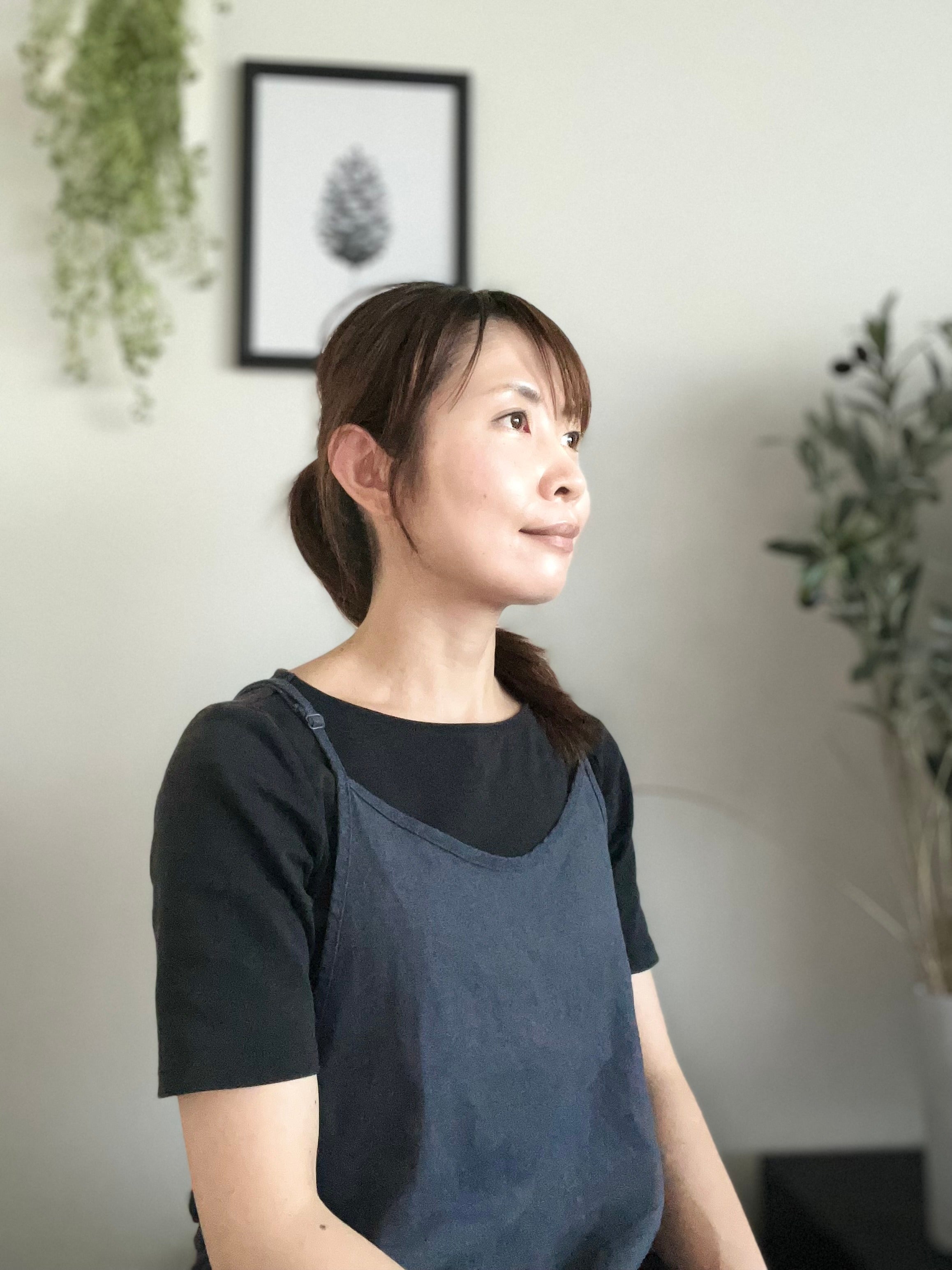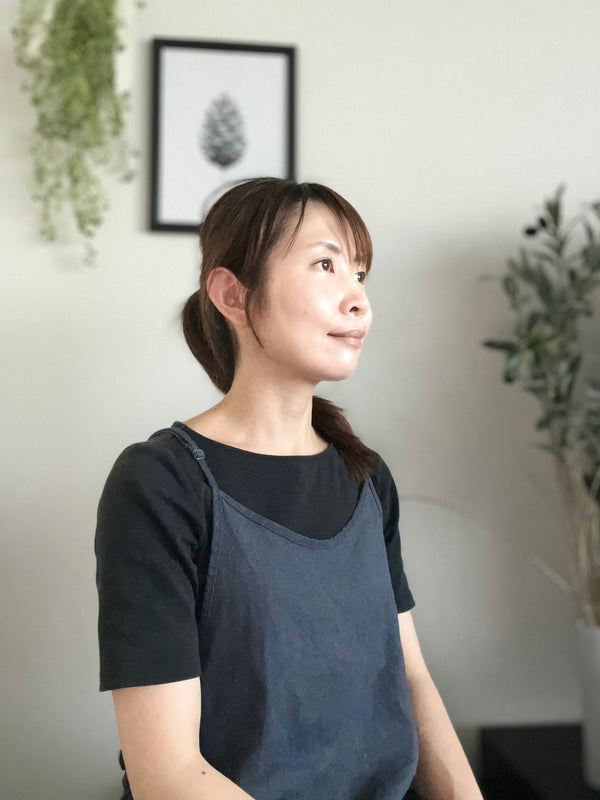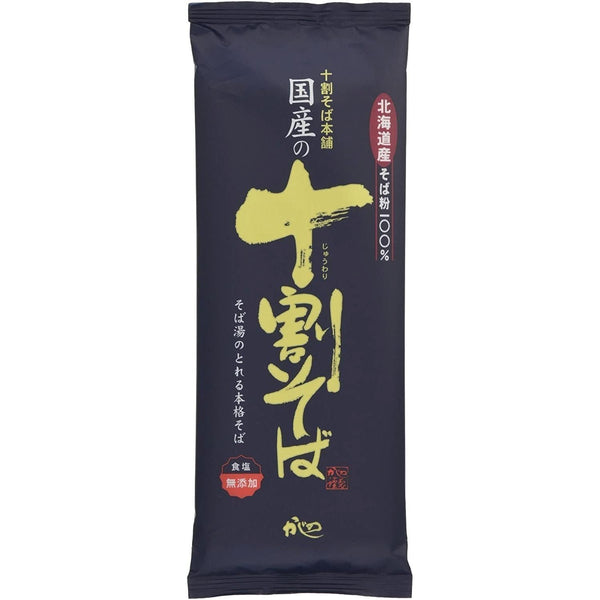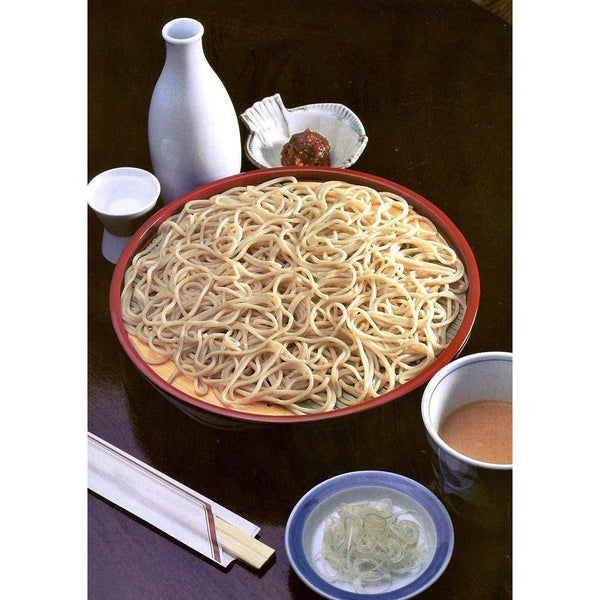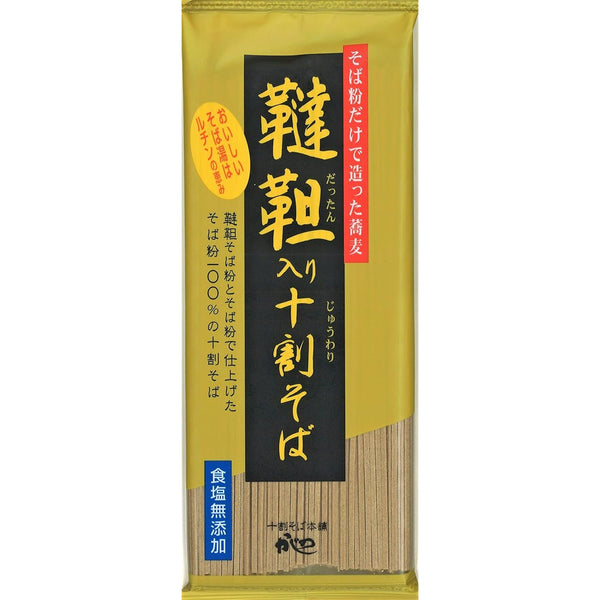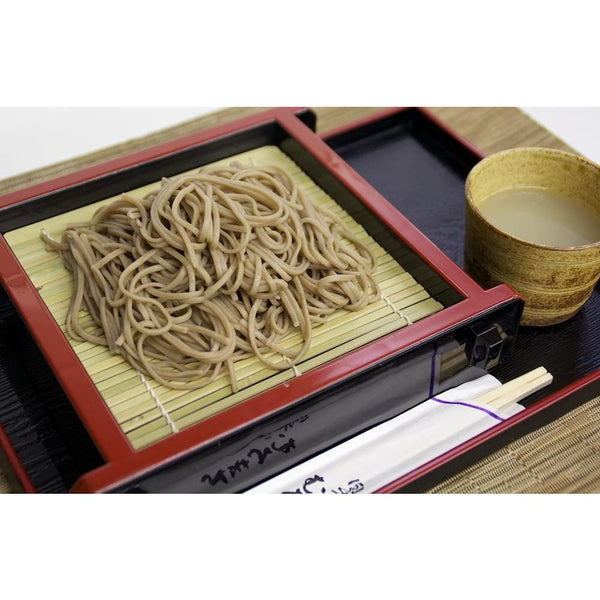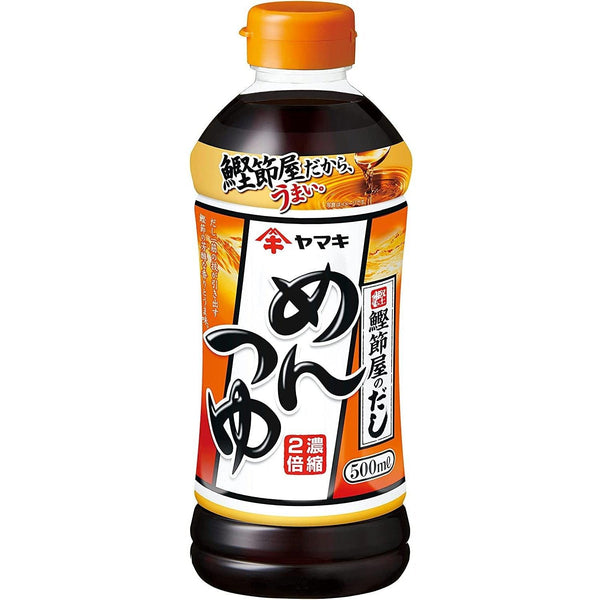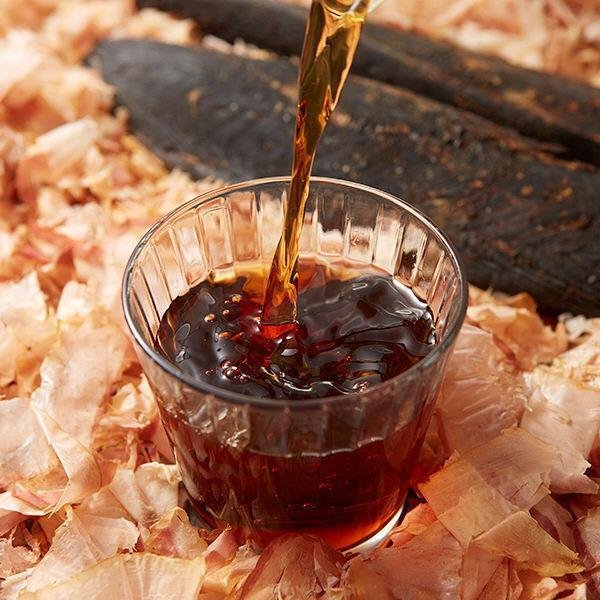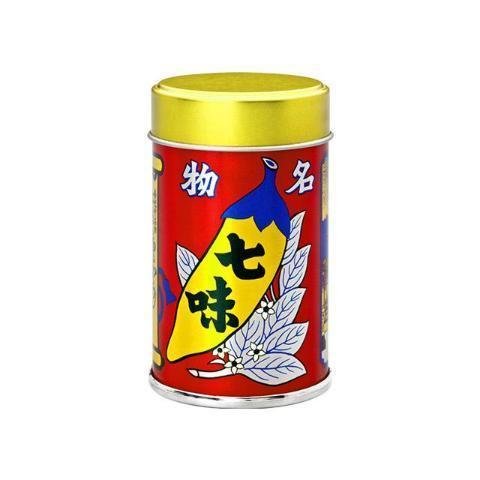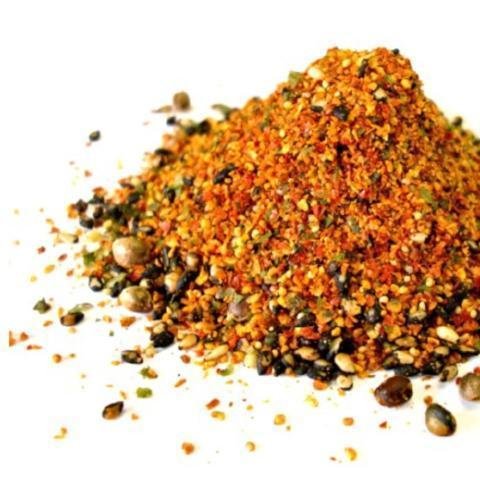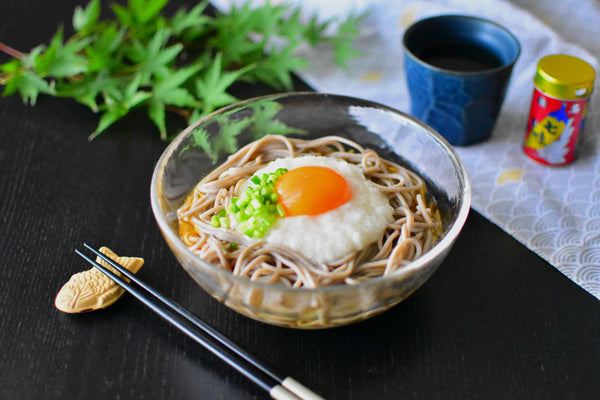
“Tororo” is one of the essential ingredients in Japanese cuisine. The word “Tororo” typically refers to grated yam (Yamanoimo), which includes varieties like Chinese yam (Nagaimo), Yamato-imo, and wild yam (Jinenjo).
These yams can be eaten both cooked and raw. When cooked, they have a soft and flaky texture, while raw yams offer a crunchy texture. Tororo is made by grating these raw yams.
Tororo is quite slimy and is often enjoyed like a sauce. It is typically drizzled over steamed rice, tuna sashimi, soba, and other dishes, collectively known as “Yamakake.” In this recipe, we will introduce “Tororo Soba,” a Yamakake-style recipe using Nagaimo.
Tororo is known for being a nutritious food, rich in vitamins and minerals. However, it also contains calcium oxalate, which can cause skin irritation for some people. If you experience itchiness after preparing or eating Tororo, vinegar water can help relieve the symptoms. Vinegar water can also prevent discoloration.
When you buy Nagaimo at supermarkets, it is often covered with Ogakuzu (sawdust). This is done to keep it fresh longer by maintaining proper moisture levels and preventing discoloration. The sawdust is solely for preservation, so when you use Nagaimo, be sure to rinse off all the sawdust with tap water.
Now, let’s move on to the topic of Soba. Soba is a major cuisine in Japan, and the variations can differ significantly among specialty restaurants. This largely depends on the regional location, so if you have a chance to visit Japan, try some Soba specialty restaurants in different areas. You’ll notice the differences, which is very interesting.
When cooking at home, choosing the right Soba can be confusing if you are not familiar with it. Soba comes in various types, such as Juwari-soba, Inaka-soba, Nihachi-soba, and other regional varieties. Supermarkets or online stores usually offer Nihachi Soba, which has a wheat flour to buckwheat flour ratio of two to eight. Nihachi Soba has a smooth texture and a mild flavor, making it a good choice if you are trying Soba for the first time.
Enjoy Japanese Soba both at specialty restaurants and at home, and feel free to share your comments below on making Tororo Soba with our recipe.
